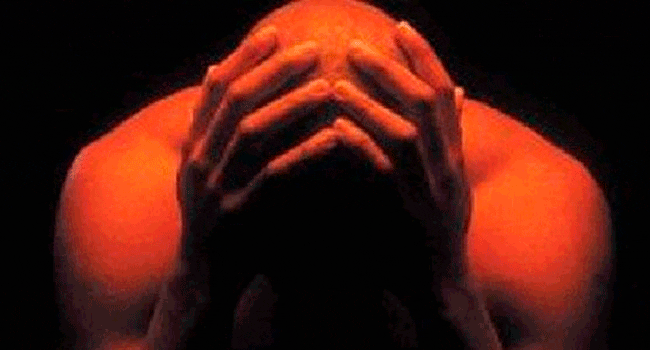 It’s no secret that depression is one of the leading causes of disability worldwide. But medical science is making headway in treating this serious, chronic condition.
It’s no secret that depression is one of the leading causes of disability worldwide. But medical science is making headway in treating this serious, chronic condition.
Several effective treatments are available but they don’t work for everyone all the time. And the medications can cause troubling side effects. As well, many people remain chronically depressed in spite of best efforts.
This is why researchers are always pushing to treat depression in ways that avoid as many side effects as possible.
A couple of new treatments show promise and further our understanding of the disease. They involve stimulation of parts of the brain that are known to be involved in depression. The treatments are still considered experimental (with the possible exception of transcranial magnetic stimulation). But they are being used in cases of severe, intractable, treatment-resistant depression.
Research shows that certain parts of the brain have abnormal activity – either abnormally inactive or overactive – in chronically-depressed individuals. Scientists are trying to ascertain whether stimulating these areas can relieve symptoms in treatment-resistant patients.
Transcranial magnetic stimulation (TMS), a non-invasive brain stimulation technique, activates the centres of emotion in the brain.
In TMS, the doctor holds a paddle-shaped device over the patient’s forehead and the instrument emits a powerful magnetic field. That causes neurons in the prefrontal cortex of the brain to fire. Research shows that this region of the brain is underactive in depressed individuals.
Electro convulsive therapy (ECT) produces similar results. An electric current is passed through the brain while the patient is sedated.
In TMS, however, no sedation is required and the results occur without the sometimes distressing ECT side effect of memory loss.
The technique appears to have antidepressant effects but more study is needed.
Another new treatment that uses the same principles as ECT is magnetic seizure therapy (MST). It uses magnetic fields rather than electric current to induce a seizure. Using this technique, it is possible to more closely focus on and better control what part of the brain is being stimulated. It appears this added control helps minimize memory loss. This treatment’s effectiveness is also still being investigated.
Another form of brain stimulation proving effective at treating depression is a surgically-implanted device that stimulates the vagus nerve at the base of the neck. This was developed to treat epilepsy and patients began reporting improved mood as well.
The neurostimulator, about the size of a cardiac pacemaker, is implanted in the chest with wires connecting to the vagus nerve. Although it seems effective, the technique is expensive – roughly $25,000 for the initial implant, plus a fee every five to 10 years to change batteries.
In a study of vagus nerve stimulation, 40 per cent of treated patients experienced at least a 50 per cent or greater improvement in their condition. Many were able to resume normal activities. This is particularly impressive considering how treatment-resistant these patients were.
Finally, there is deep brain stimulation, which may be the most promising. This treatment, using electrodes in the brain, is approved for movement disorders such as Parkinson’s disease. It has produced dramatic results for some of those patients.
To tackle depression, doctors target an area of the brain called the ventral anterior internal capsule and the ventral striatum. Researchers have found that deep brain stimulation brings significant and long-term remission of depression in many cases. Some patients report sudden calmness, heightened awareness and increased interest after a brain stimulation treatment. Studies are still in the preliminary stages, but this shows promise in treating depression and obsessive compulsive disorder.
Although still under investigation, these new brain stimulation techniques appear to effectively treat depression. They are also being studied in relation to psychiatric disorders such as the mania associated with bipolar disorder, schizophrenia and obsessive compulsive disorder.
For those who still doubt the biological basis of depression, these treatments provide pretty compelling evidence.
As we understand more about the ways the brain is affected in many psychiatric conditions, we will develop more targeted and effective treatments.
Dr. Paul Latimer is president of Okanagan Clinical Trials and a Kelowna psychiatrist.
The views, opinions and positions expressed by columnists and contributors are the author’s alone. They do not inherently or expressly reflect the views, opinions and/or positions of our publication.

